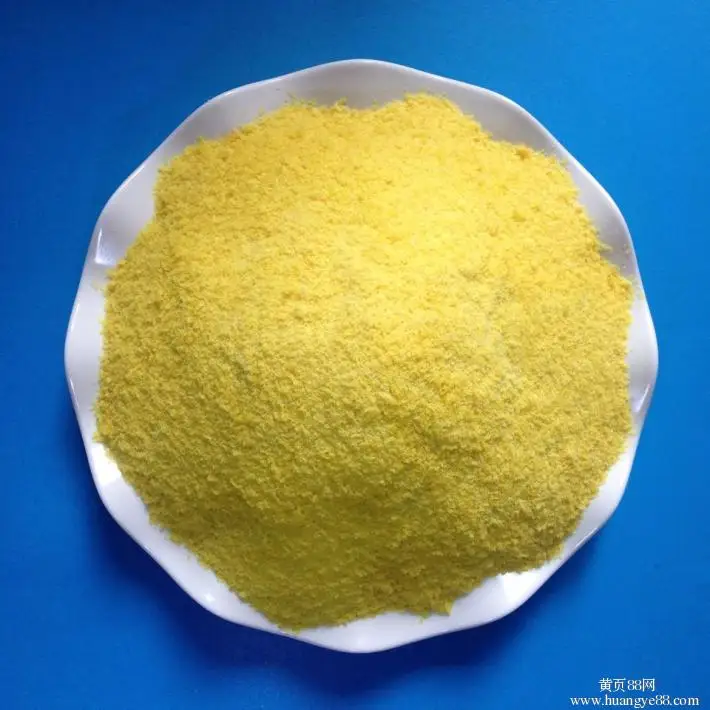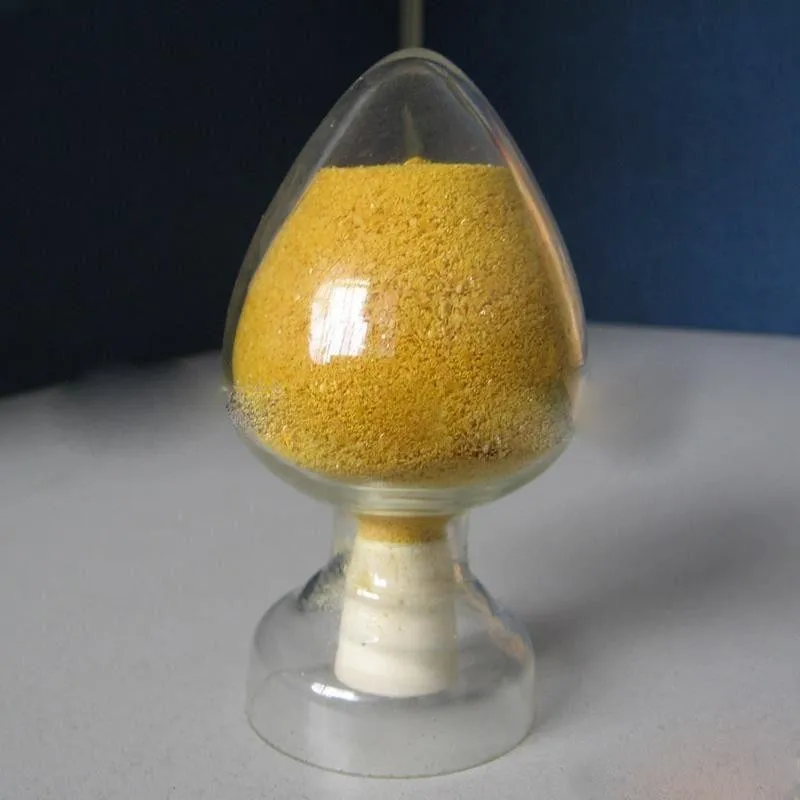In recent years, the damage caused by *Spodoptera exigua* in cotton fields has become increasingly severe. These pests are highly resistant to conventional pesticides, making them difficult to control. As a result, some cotton farmers have started calling them "unbreakable cotton bollworms." This raises an important question: how can we effectively identify and manage this resilient pest?
First, let's look at the physical characteristics of the pest. The adult moths are gray-brown in color, with a body length ranging from 1 to 1.4 centimeters. Their eggs are oval-shaped and initially light green. The larvae display a wide range of colors, mostly green, but they can also appear gray-brown or dark brown. A notable behavior of the larvae is their ability to play dead when disturbed and their preference for hiding in the shade. They are most active during early morning and late evening, as well as on cloudy days. At about 2 cm in length, they resemble the common cotton bollworm, but they are far more resistant to insecticides.
Next, understanding the life cycle and feeding habits of *S. exigua* is crucial. This pest can produce up to six generations per year, depending on the climate. Eggs are usually laid on the back of cotton leaves or on petioles, with each female laying between 100 and 600 eggs. The egg stage lasts 3 to 5 days, but it can extend to 7 days in cooler temperatures. Once hatched, the larvae feed on the leaves, causing significant damage. When mature, they burrow into the top layer of soil (0.5 to 5 cm deep) to pupate. In hard soil conditions, they may even feed on the undersides of leaves near the ground. However, both larvae and pupae have weak cold resistance, so prolonged winter cold can lead to high mortality, reducing the population in the following season.
The peak damage period for cotton crops in our region typically occurs in August. Young larvae tend to cluster on the underside of leaves, feeding on the leaf tissue and leaving only the epidermis behind, which creates a "window paper" appearance. As they grow into the third instar, they begin to feed more randomly, creating holes or notches in the leaves. In severe infestations, they may also attack buds, flowers, tender shoots, and young stems, causing serious yield losses.
For control, traditional pesticides like pyrethroids and organophosphates often fail due to the pest’s high resistance. However, there are more effective options available. For example, 10% emulsifiable concentrate diluted 1000 times, 20% emulsifiable concentrate diluted 1500 times (slower but longer-lasting), and 50% wettable powder diluted 1500 times have shown better results. Additionally, new imported insecticides such as liquid formulations can be combined with other high-efficiency products for improved effectiveness. Some recommended mixtures include:
1. "Super Sweeping Light" at 1500 times dilution mixed with "35% Fast Kill" at 800 times.
2. "Quality Sweeping Light" at 1000 times mixed with "Super Sweeping Light" at 1500 times.
3. "Super Light" at 750 times dilution.
4. "40% Blind Scorpion" at 600 times mixed with "Quick Kill Sweeping Light" at 600 times.
5. "White + Black Light" at 1000 times.
These combinations not only target *S. exigua* but also help manage other pests like stink bugs, locusts, and red spider mites, offering a multi-target approach that enhances overall pest management in cotton fields.
Poly Aluminium Chloride
Poly aluminium chloride (PAC) is a new type high efficiency inorganic polymer coagulant, adopting advanced manufacturing technique and quality raw material, show the features of low impurity, high molecula weight, and superior coagulating effect.
I. Poly Aluminium Chloride Properties
1. Its dosage lower than aluminum sulfate (based on Al2O3) and water treatment cost is lower than other inorganic flocculants.
2. The product can cause quick formation of flocs, big flocs formation and rapid precipitation. Its treatment capacity is 1.3-3.0 times of other inorganic flocculants.
3. It enjoys wide-range adaptability for different-temperature source water and a good solubility.
4. It is slightly corrosive and easy for operation.
5. The liquid product is suitable for automatic dosing. Furthermore, it will not block pipes over long-time usage.

II. Description
|
Product Name:
|
Polyaluminium Chloride (Poly Aluminum Chloirde, Polyaluminum Chloride, Poly Aluminium Chloirde, Aluminum Polychride, PAC )
|
|
CAS#:
|
1327-41-9
|
|
Appearance:
|
White and yellow powder
|
|
Description:
|
Poly aluminium chloride (PAC) is a new type high efficiency inorganic polymer coagulant, adopting advanced manufacturing technique and quality raw material, show the features of low impurity, high molecula weight, and superior coagulating effect.
Different grades of Polyaluminum Chlorides (PAC). The highly charged Al in the products is optimized for best performance for the different basicities of PAC. The low to medium basicity products are effective coagulants for treatment of both drinking water and waste water. And the medium to high basicity products are excellent for all ranges of wastewater treatment.
|
III. Poly Aluminium Chloride Application:
1. Its purifying effect on low-temperature, low-turbidity and heavily organic-polluted raw water is much better than other organic flocculant, furthermore, the treatment cost is lowered by 20%-80%.
2. It can lead to quick formation of flocculant (especially at low temperature) with big size and rapid precipitation service life of cellular filter of sedimentation basin.
3. It can adapt to a wide range of pH value (5−9), and can reduce the pH value and basicity after processing.
4. The dosage is smaller than that of other flocculants. It has wide adaptability to the waters at different temperatures and at different regions.
5. Higher basicity, lower corrosive, easy for operation, and long-term use of non-occlusion.

Poly Aluminium Chloride,PAC 30% Poly Aluminum Chloride,28% Oly Aluminium Chloride,Yellow Poly Aluminium Chloride
Shandong Tiancheng Chemical Co., Ltd. , https://www.tianchengchemical.com


